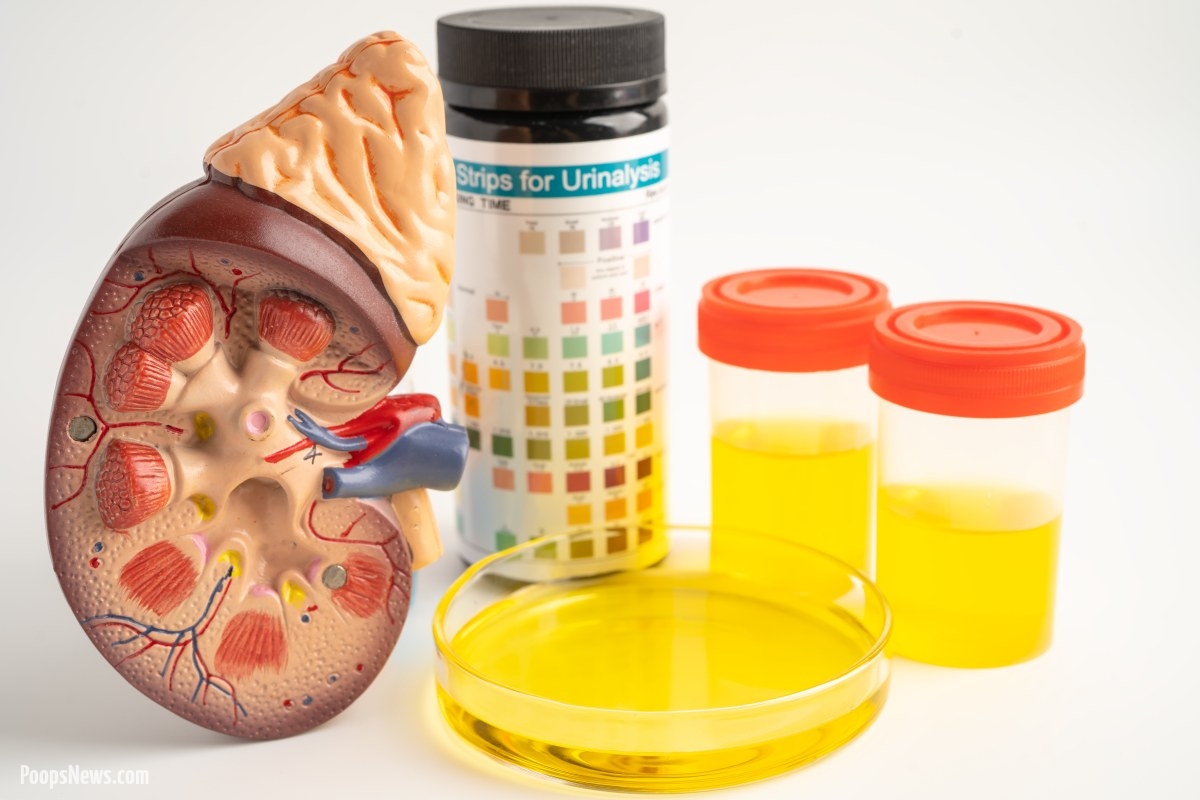An Ode to Liquid Gold
Urine. The mere mention of this golden stream is enough to make most people squirm in discomfort, shuffling their feet and nervously averting their gaze. Yet, despite its unjustly tarnished reputation, this liquid marvel remains one of the most essential, fascinating, and dare we say, misunderstood aspects of human life. After all, what’s more universal than peeing? We all do it, multiple times a day, sometimes with great relief, and occasionally in situations that make for awkward stories later. So, let’s dive headfirst — pun intended — into the world of human urine and uncover the truths that are often flushed down the drain.
Without further ado, here are the top 10 facts about human urine that will change the way you look at your bathroom breaks forever.
1. Urine: It’s Sterile… Until It Isn’t
The age-old myth that human urine is sterile has been passed down through generations like a sacred truth. People have used this “fact” to justify all manner of things, from peeing on jellyfish stings to filling bottles during long car trips. While urine is sterile when it’s chilling out in your bladder, as soon as it exits your urethra, it’s a different story. The bacteria in the urethra throw a party the moment that golden liquid flows through, contaminating it faster than you can say, “Oops, I missed the toilet”. So the next time someone suggests urine as a natural antiseptic, just smile, nod, and keep a safe distance.
2. The Ancient Romans Were Really Into Pee
It turns out the Romans were pioneers not just in architecture and warfare, but also in finding innovative uses for urine. These savvy innovators didn’t waste a drop. They used human urine as laundry detergent, tooth whitener, and leather softener. That’s right — people actually believed that urine, with its ammonia-rich content, could give their togas that extra sparkle and shine. If the streets of Rome smelled like an open-air urinal, no one seemed to mind. Maybe the next time you’re out of bleach, you’ll consider a more “natural” alternative. Just kidding. Please don’t.
3. The Average Human Produces Enough Pee to Fill a Small Lake
Forget the kiddie pool — you could fill a small lake with the amount of urine the average human produces over a lifetime. We’re talking about a staggering 41,000 liters of pee. That’s enough to fill nearly 11,000 gallons of liquid gold, or, for a more relatable comparison, enough to fill over 200 bathtubs. If that doesn’t make you rethink your contribution to the natural water cycle, nothing will. So next time you’re standing by a serene lake, just imagine how your body’s lifelong output of urine could turn it into a… rather unique swimming spot.
4. Urine Therapy: Yes, People Actually Drink It
You’d think humans would have evolved to drink things that aren’t bodily waste by now, but no. There’s an entire community out there that believes in the healing powers of urine. Known as “urine therapy”, this practice involves drinking one’s own urine to cure a variety of ailments, from acne to cancer. Proponents swear by its medicinal properties, while the rest of us gag at the thought. But hey, if your morning OJ is getting boring, why not shake things up with a nice, warm glass of… well, you get the idea. Just don’t forget to gargle afterward.
5. Pee Can Be Used to Power Batteries
In an astonishing display of human ingenuity, scientists have figured out how to use urine to generate electricity. That’s right — your humble bathroom break has the potential to power the very phone you’re scrolling on while you pee. Researchers have created microbial fuel cells that can turn urine into energy, providing a renewable, if slightly pungent, power source. While we’re not quite at the point where public restrooms will come equipped with “plug in and pee” stations, it’s nice to know that even your bladder’s byproducts have energy potential. Who knew?
6. Cats and Dogs Love Pee — And They Can Smell Yours
If you’ve ever wondered why your dog seems unusually interested in your bathroom habits, it’s because our furry friends have a keen nose for urine. Dogs and cats use pee as a form of communication, and they can smell things in your urine that would make even Sherlock Holmes jealous. In fact, some animals can detect diseases like cancer or diabetes just by sniffing a human’s urine. So the next time Fido gives you a suspicious side-eye after your bathroom trip, you might want to schedule a check-up, just to be safe.
7. You Can Survive on Urine… But Should You?
There’s a long-standing myth that, in survival situations, you can drink your own urine to stay alive. While this is technically true, it’s also not advisable. Sure, urine is 95% water, but the other 5% is a cocktail of waste products your body is trying to get rid of — things like urea, creatinine, and a host of other compounds that sound like the names of Bond villains. Drinking your own urine can dehydrate you even faster, so unless you’re in a very bad spot and have no other options, it’s probably best to just wait for rain. Or hope for rescue.
8. Pee Changes Color Like a Mood Ring
One of the most fascinating things about urine is its ability to change color based on what’s happening in your body. Feeling hydrated? Your pee will be a pale, straw-like yellow. Dehydrated? It’ll take on a deep amber hue. Ate a bunch of beets? You might think you’re dying when your pee turns pink or red. While urine’s chameleon-like properties are often harmless, sudden changes in color can indicate serious health issues. So if your urine starts looking like something out of a Crayola box, it might be time to see a doctor — or at least lay off the rainbow-colored foods.
9. Pee Is More Than Just Water and Waste
Contrary to popular belief, urine isn’t just a mix of water and the stuff your body doesn’t need. It’s actually a chemical cocktail that includes hormones, vitamins, and even minerals. Ever wonder why your pee smells weird after eating asparagus? That’s thanks to asparagusic acid, which your body breaks down and expels through urine. Your diet, hydration level, and overall health all influence the composition of your pee, which means that every trip to the bathroom is a new and exciting chemical experiment. Who needs a lab when you have a bladder?
10. The World’s Longest Pee Lasted 508 Seconds
In what can only be described as a feat of superhuman bladder strength, a man in the UK holds the world record for the longest uninterrupted pee, clocking in at 508 seconds. That’s just over eight and a half minutes of continuous urination — long enough to watch a YouTube video or contemplate your life choices while standing at a urinal. While the average person’s pee lasts about 20 seconds, this record proves that the human bladder is capable of truly awe-inspiring feats. Next time you’re stuck in traffic, just remember: there’s always someone who’s had to pee for longer.
The Unsung Hero of Bodily Functions
In conclusion, urine is a bodily function that deserves far more respect than it gets. From its historical uses to its modern-day applications, human pee has played a crucial role in shaping societies, solving problems, and, of course, causing the occasional awkward moment. The next time you find yourself taking a bathroom break, take a moment to reflect on the wonder of your own biology. After all, you’re not just relieving yourself — you’re participating in one of nature’s most ancient and essential processes. So pee proud, my friends. Pee proud.





